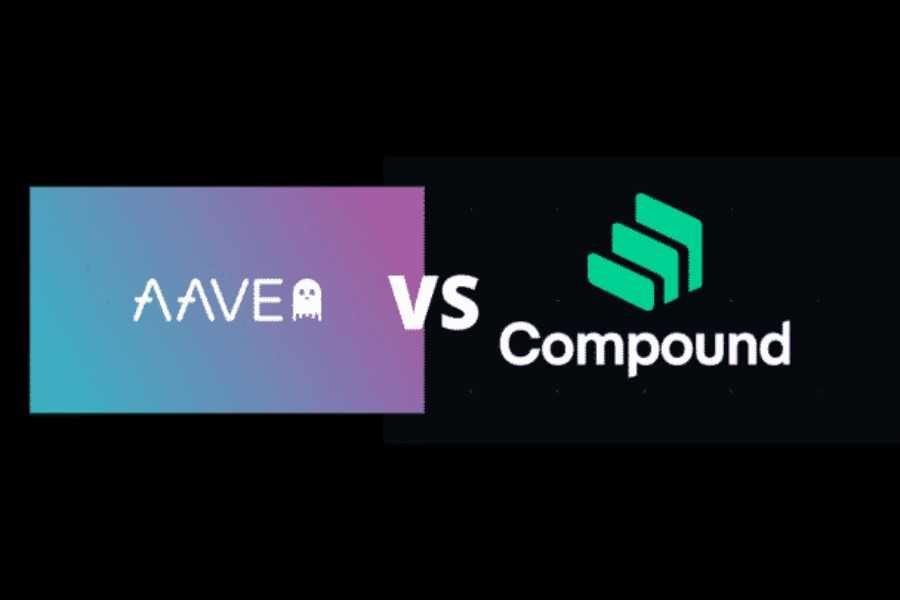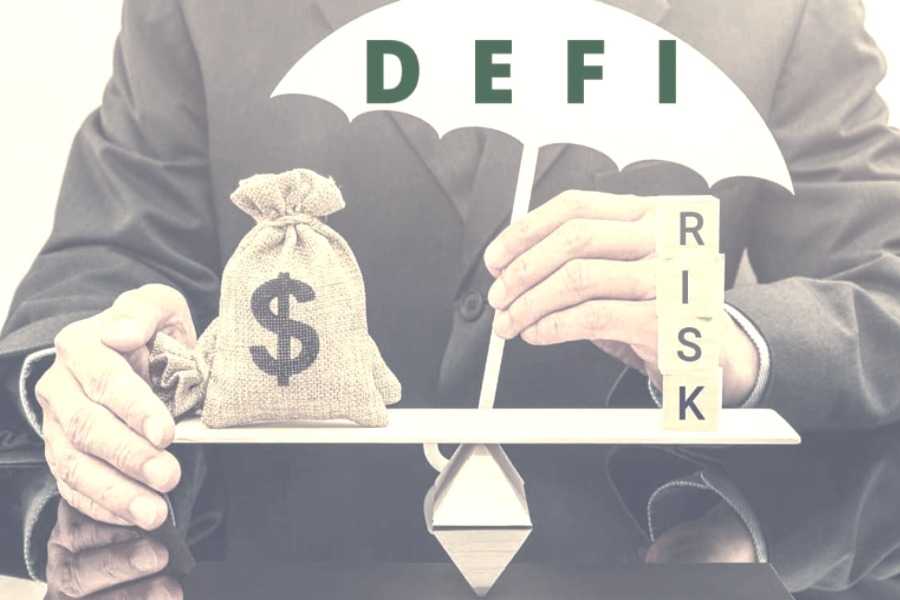
How does DeFi Borrowing Work?

Table Of Contents
How does DeFi Borrowing Work? Are you curious about how lending and borrowing function in the realm of Decentralized Finance (DeFi)?
Have you ever wondered how supply and borrow rates are determined, or what sets apart popular lending protocols like Compound and Aave?
This comprehensive guide will answer all these questions and more, providing you with a deep understanding of DeFi lending and borrowing.
The Basics of Lending and Borrowing

Lending and borrowing are fundamental elements of any financial system. At some point in their lives, most people engage in borrowing, whether it’s through a student loan, a car loan, or a mortgage. The concept is straightforward: lenders (depositors) provide funds to borrowers, who in return pay interest on their loans.
Traditionally, lending and borrowing are facilitated by financial institutions such as banks or peer-to-peer lenders. In the realm of short-term lending and borrowing, the money market specializes in providing access to various instruments like CDs, repos, treasury bills, and more.
In the cryptocurrency world, lending and borrowing can be accessed through DeFi protocols like Aave or Compound, or via CeFi (centralized finance) companies like BlockFi or Celsius.
CeFi vs DeFi Lending: A Comparative Look

CeFi operates similarly to traditional banking. Companies like BlockFi take custody over deposited assets and lend them out to institutional players like market makers or hedge funds, or to other platform users.
While the centralized lending model has its merits, it’s susceptible to the same problems as centralized crypto exchanges, such as the loss of customer deposits due to hacking or negligence. Furthermore, the CeFi model contradicts one of the main value propositions of cryptocurrencies: self-custody of assets.
This is where DeFi lending comes into play. DeFi lending allows users to become lenders or borrowers in a completely decentralized and permissionless way, while maintaining full custody over their coins. DeFi lending is based on smart contracts that run on open blockchains, predominantly Ethereum, making it accessible to everyone without the need to provide personal details or trust someone else to hold your funds.
Aave and Compound: The Titans of DeFi Lending

Aave and Compound are two of the leading lending protocols available in DeFi. Both protocols work by creating money markets for specific tokens such as ETH, stable coins like DAI and USDC, or other tokens like LINK or Wrapped BTC.
Users who want to become lenders supply their tokens to a particular money market and start earning interest on their tokens according to the current supply APY. The supply tokens are sent to a smart contract and become available for other users to borrow. In exchange for supply tokens, the smart contract issues other tokens that represent the supply tokens plus interest. These tokens are called cTokens in Compound and aTokens in Aave, and they can be redeemed for the underlying tokens.
It’s important to note that in DeFi, most loans are over-collateralized. This means that a user who wants to borrow funds must supply tokens as collateral that are worth more than the actual loan they want to take.
Why Borrow in DeFi?

You might be wondering, why take a loan if you have to supply tokens that are worth more than the actual loan amount? Why not just sell the tokens instead?
There are several reasons for this. Primarily, users may not want to sell their tokens, but they need funds to cover unexpected expenses. Other reasons include avoiding or delaying capital gain taxes on their tokens or using borrowed funds to increase their leverage in a certain position.
Borrowing Limits in DeFi

There is indeed a limit on how much can be borrowed. The amount that can be borrowed depends on two main factors. Firstly, how much funds are available to be borrowed in a particular market. This is usually not a problem in active markets unless someone is trying to borrow a significantly large amount of tokens. Secondly, the collateral factor of the supplied tokens comes into play.
The collateral factor determines how much can be borrowed based on the quality of the collateral. For example, DAI and ETH have a collateral factor of 75 percent on Compound. This means that up to 75 percent of the value of the supplied DAI or ETH can be used to borrow other tokens.
Interest Rates in DeFi Lending

The interest that lenders receive and the interest that borrowers pay are determined by the ratio between supplied and borrowed tokens in a particular market. The interest paid by borrowers is the interest earned by lenders, so the borrow APY is higher than the supply APY in a particular market.
The interest APYs are calculated per Ethereum block. This means that DeFi lending provides variable interest rates that can change significantly depending on the lending and borrowing demand for particular tokens.
This is also where one of the biggest differences between Compound and Aave comes in. While both protocols offer variable supply and borrow APYs, Aave also offers a stable borrow APY. This stable APY is fixed in the short term but can change in the long term to accommodate changes in the supply-demand ratio between tokens.
Risks in DeFi Lending

While DeFi lending reduces many risks associated with centralized finance, it comes with its own set of risks, including the ever-present smart contract risks and rapidly changing APYs. For instance, during the last yield farming craze, the borrow APY on the BAT token surged to over 40 percent. This could cause unaware users who are not tracking Compound interest rates daily to get liquidated by having to repay more than expected in the same period of time.
So, what do you think about lending and borrowing in DeFi? And what is your favorite platform? As always, if you enjoyed this blog post, make sure to check out other posts on explainblockchain.io for more in-depth information on DeFi and the technology behind it. Thanks for reading!
Disclaimer: This blog post is for informational purposes only and should not be taken as financial advice. Always do your own research and consider your financial situation carefully before making investment decisions.
Tags
Share
Related Posts




Quick Links
Legal Stuff

